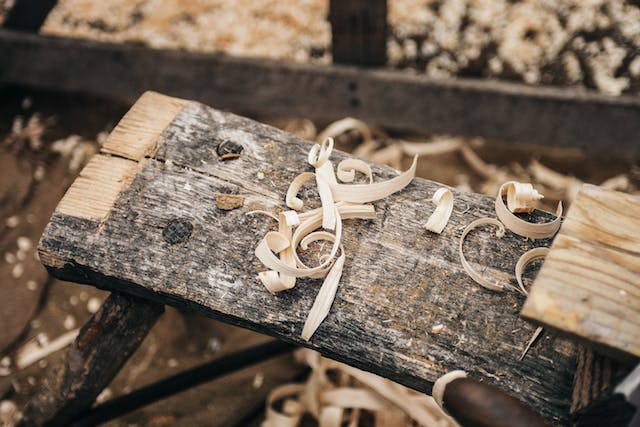Dubai, the gleaming metropolis of the United Arab Emirates, is renowned for its towering skyscrapers that pierce the sky and redefine architectural limits.
However, amidst the glittering skyline lies a lesser-known but equally essential art form—carpentry. While skyscrapers dominate the horizon, carpentry quietly weaves its way through the city’s infrastructure, blending tradition with modernity.
In this blog, we delve into the world of carpentry in Dubai, exploring its rich history, cultural significance, and its role in shaping the city’s identity.
The Heritage of Carpentry in Dubai
Carpentry in Dubai traces its roots back to the Bedouin tribes that inhabited the region centuries ago.
Nomadic lifestyles necessitated portable and versatile wooden structures, giving rise to skilled craftsmen who mastered the art of woodworking. Traditional Emirati architecture relied heavily on intricate wooden designs, from wind towers (Barajeel) to intricately carved doors and window frames.
These architectural marvels not only provided practical solutions to the harsh desert climate but also reflected the cultural identity of the region.
Modern Innovations and Techniques
As Dubai evolved into a global hub of commerce and tourism, so did its carpentry industry. While traditional craftsmanship still holds a significant place, modern innovations and techniques have been seamlessly integrated into the trade.
Skilled carpenters now utilize cutting-edge technology and machinery to streamline production processes without compromising on quality.
From precision-cutting tools to computer-aided design (CAD) software, these advancements have propelled Dubai’s carpentry industry into the 21st century.
Carpentry in Contemporary Architecture
In a city known for pushing the boundaries of architecture, carpentry plays a vital role in shaping the aesthetic appeal of modern structures.
From luxurious hotels and residential complexes to commercial spaces and cultural landmarks, woodwork adds warmth, texture, and character to architectural designs.
Whether it’s the intricate detailing of a grand entrance or the bespoke furnishings within, carpenters in Dubai are entrusted with bringing architects’ visions to life, one meticulously crafted piece at a time.
Sustainability and Eco-Friendly Practices
In recent years, there has been a growing emphasis on sustainability and eco-friendly practices in Dubai’s construction industry, including carpentry.
With increased awareness of environmental concerns, architects and developers are turning to sustainable materials and techniques to reduce carbon footprints and minimize waste.
Carpentry plays a crucial role in this endeavor, with craftsmen utilizing responsibly sourced timber and employing techniques that maximize resource efficiency. From reclaimed wood furniture to energy-efficient wooden structures, the carpentry industry in Dubai is embracing sustainability without compromising on quality or aesthetics.
Preserving Tradition in a Modern World
Despite the rapid modernization and urbanization of Dubai, efforts are underway to preserve traditional carpentry techniques and craftsmanship.
Artisans pass down centuries-old skills and knowledge to the next generation, ensuring that Emirati heritage remains alive and thriving. Initiatives such as cultural workshops, heritage festivals, and artisan markets celebrate the art of woodworking, fostering a deeper appreciation for traditional craftsmanship in a modern world.
By honoring its past while embracing the future, Dubai’s carpentry industry continues to evolve, blending tradition with innovation in perfect harmony.
Conclusion
In the bustling metropolis of Dubai, where skyscrapers dominate the skyline and modernity reigns supreme, carpentry stands as a testament to the city’s rich heritage and cultural identity. From its humble beginnings in Bedouin tents to its integral role in contemporary architecture, woodworking has woven its way into the fabric of Dubai’s urban landscape.
As the city continues to grow and evolve, carpentry remains a timeless art form, bridging the gap between tradition and progress, and reminding us that sometimes, the true beauty lies not in the heights we reach but in the craftsmanship that sustains us along the way.

